Disclosure: Please note that some links are affiliate links, and at no additional cost to you, we earn a commission if you make a purchase.
If you would like to support this website in some way, using these links will help do exactly that.
Frankfurt am Main is not only known as the European financial metropolis. The city is also one of the most important trade fair locations in Germany. Visitors and exhibitors alike appreciate the size of the exhibition grounds, in addition to Frankfurt's large international airport, the Autobahn and a sophisticated public transport network. Worldwide, only the exhibition grounds in Hanover, Germany are bigger than those in Frankfurt am Main.
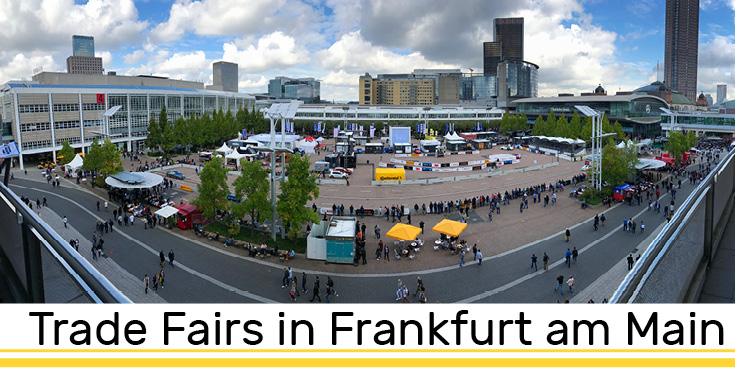
History of Trade Fairs in Frankfurt am Main
The first mention of the Frankfurt Trade Fair is in 1150, when the fairs took place in and around the Roemer marketplace in Frankfurt. During trade fairs in the middle ages, all the guesthouses in Frankfurt were booked, many trade fair guests were accommodated in private houses. While most stands were erected outside the Roemer building, goldsmiths and silversmiths as well as jewelers were given the most exclusive location: they were allowed to build their stands inside the Roemer for better protection of their precious goods. To read more about the Roemer, read our earlier article Deciphering the Roemer in Frankfurt am Main.
Thanks to Frankfurt's geographical location at the crossroads of important long-distance trade routes from and to Lyon, Venice, Antwerp, and Lübeck, the city was the hub of the flow of goods and meeting place for people from all over the world, together with the river Main as a favorable transport route. Everything was traded; from cloths and ceramics to books, cattle and more.
A special status was achieved by the privilege of Emperor Frederick II, who gave the fair visitors the full range of escorts during their return trip starting in the year 1240. Even during their stay in the city their security was ensured. The sequence during the fair weeks was roughly divided into four parts: the escorted arrival week, the actual business week, the week of payments and final dealmaking, and finally the departure week. In 1337, Emperor Ludwig granted the city of Frankfurt the privilege that no other fair could be erected throughout the Lands that could harm the Frankfurt fair in any way.
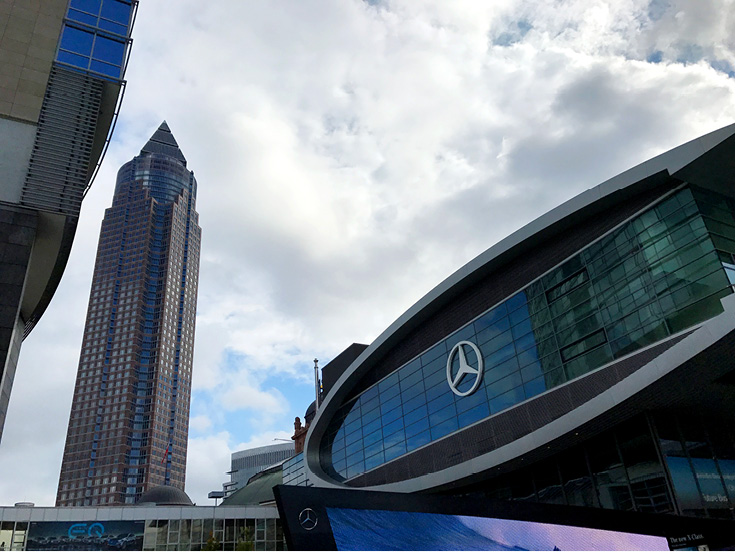
Frankfurt Trade Fair Landmarks
The most prominent building and also one of the highest skyscrapers in Frankfurt is the Messeturm - trade fair tower - with an altitude of 256.5 meters (841.5 feet) and a total of 54 floors. The Messeturm is, however, outside the trade fair grounds and is usually not used for trade fair events. Architecturally, its form stands out, which is why he is also called "pencil" by the people of Frankfurt.
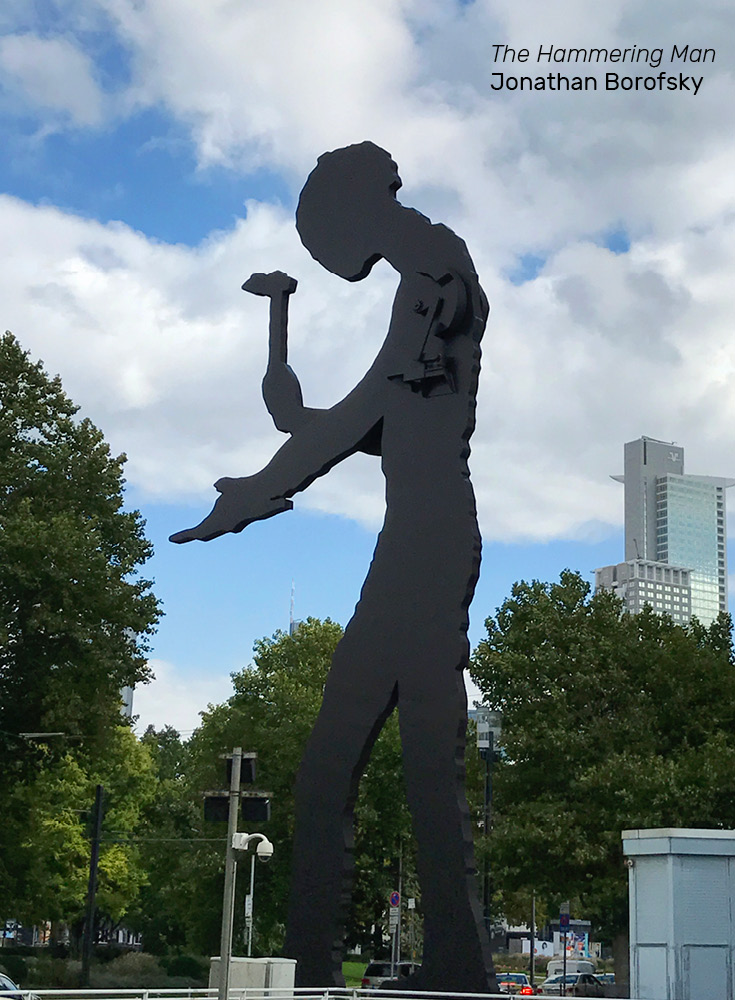
In front of the Messeturm you will find a large, black sculpture by the American artist Jonathan Borofsky called The Hammering Man. The black silhouette shows a worker who moves a hammer against a symbolic workpiece. This sculpture is meant to be a symbol of solidarity for all working people and can be found in various versions all around the world. The statue in Frankfurt am Main weighs 32 tons and was installed in 1991 for the “Art Frankfurt” trade show. This fair for modern art started in 1989 and was canceled due to lack of demand in 2007. The Hammering Man remained.
Today, the fairs in Frankfurt attract more than 1.5 million visitors every year. Every year, the world's largest book fair, Buchmesse takes place here, and the International Automobile Exhibition (IAA) is held every two years in Frankfurt. Most major car brands show all their models in various halls and my dad and I visit every time. This is what the halls look like inside during the International Automobile Exhibition (IAA).
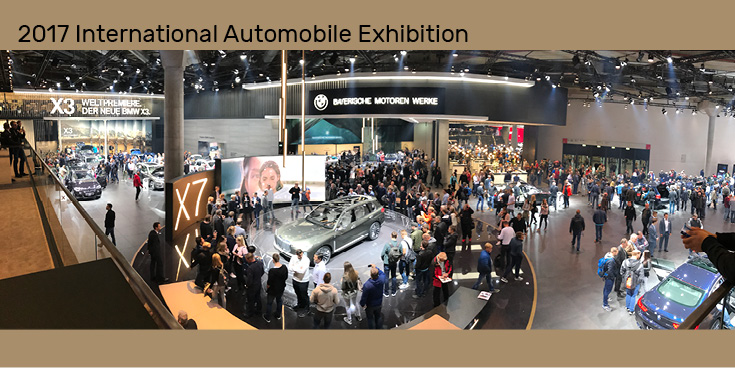
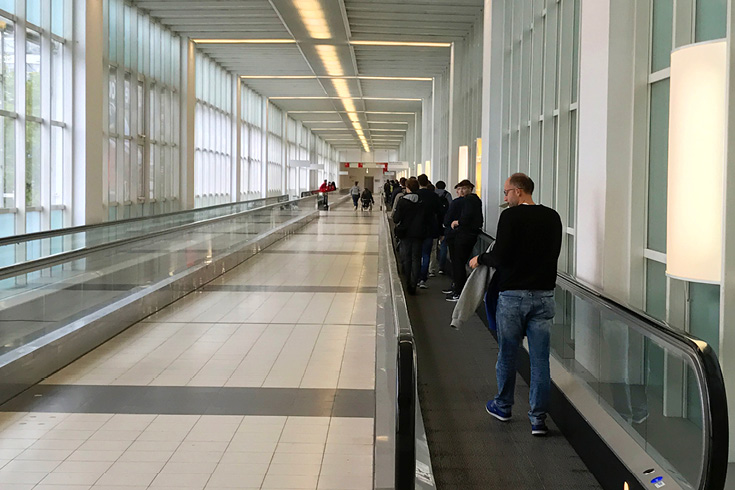
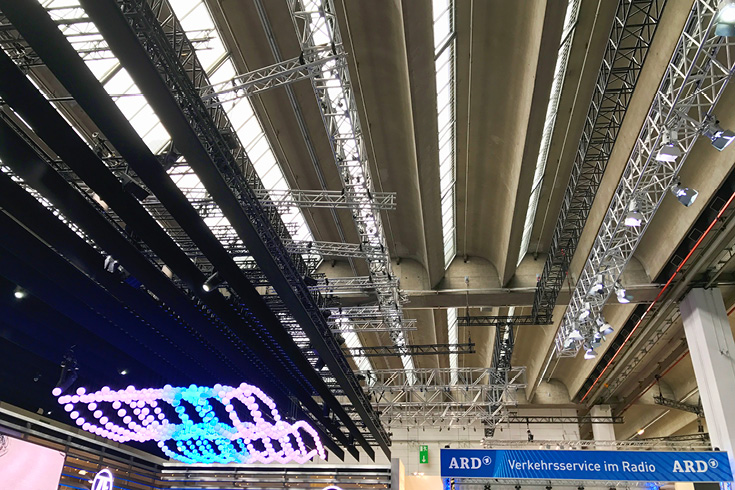
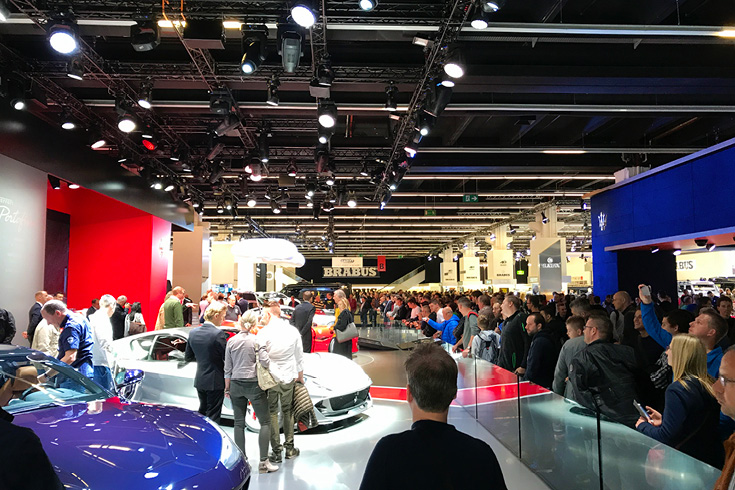
Festhalle in Frankfurt am Main
My favorite hall is the Festhalle, Festival Hall, built in 1907, and also the historic center of the trade fair grounds. It can hold up to 13,500 visitors unseated and is home to concerts, sporting events and Mercedes-Benz during the International Motor Show (IAA) every other year in September. The mixture of tradition and modernity is particularly evident during that time. You see old window panes and historic architecture meet the modern interpretation of beautiful cars by Mercedes-Benz. They also add a lot of light effects, that change every couple of minutes.
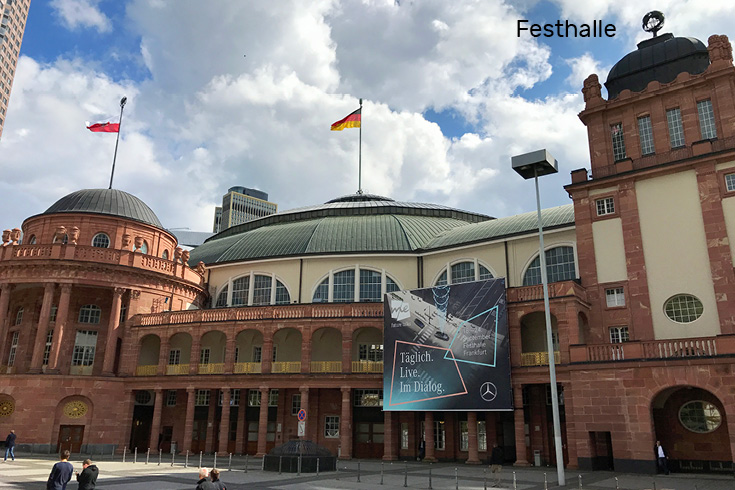
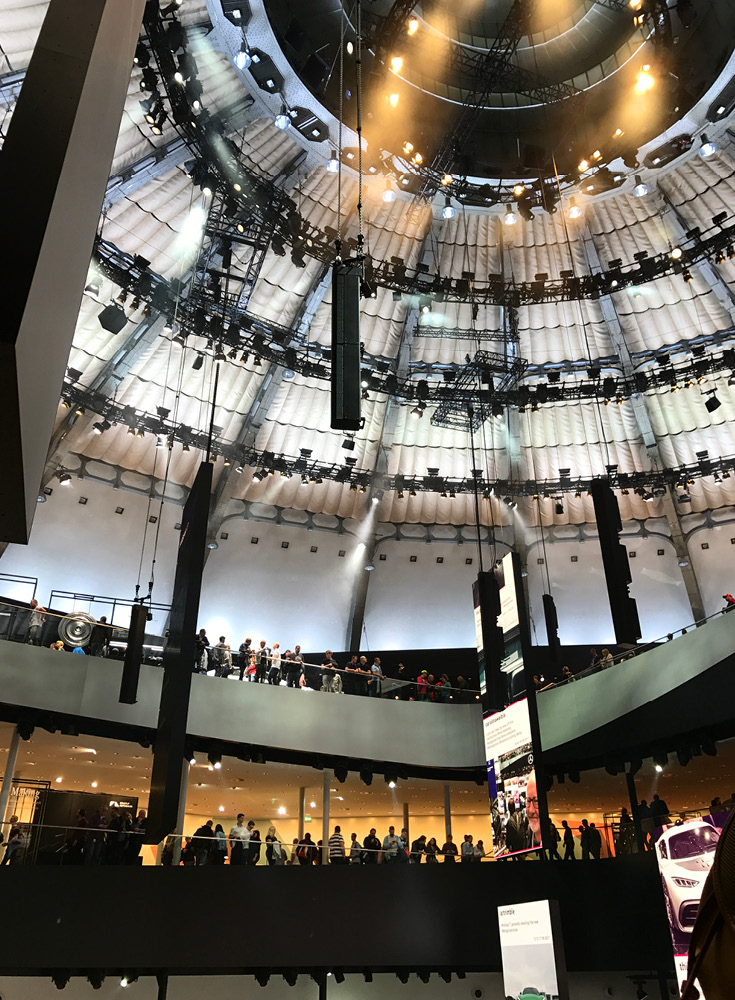
With a total of 11 exhibition halls, the exhibition grounds in Frankfurt offer space for all conceivable topics. Check out this video from Messe Frankfurt to see the whole trade fair grounds. Currently they are working on hall #12 which will be finished in the fall of 2018.
Follow Along
If you enjoyed this article, or these topics sound interesting to you, you'll love our weekly newsletter. You'll receive the newest posts each week and exclusive access to free planning resources like ‘Packing List & Tips for 2 Weeks in Germany’ and ‘Everything You Need to Rent a Car in Germany.
Thank you for reading!

